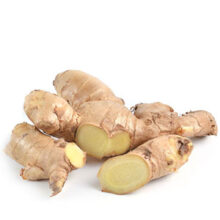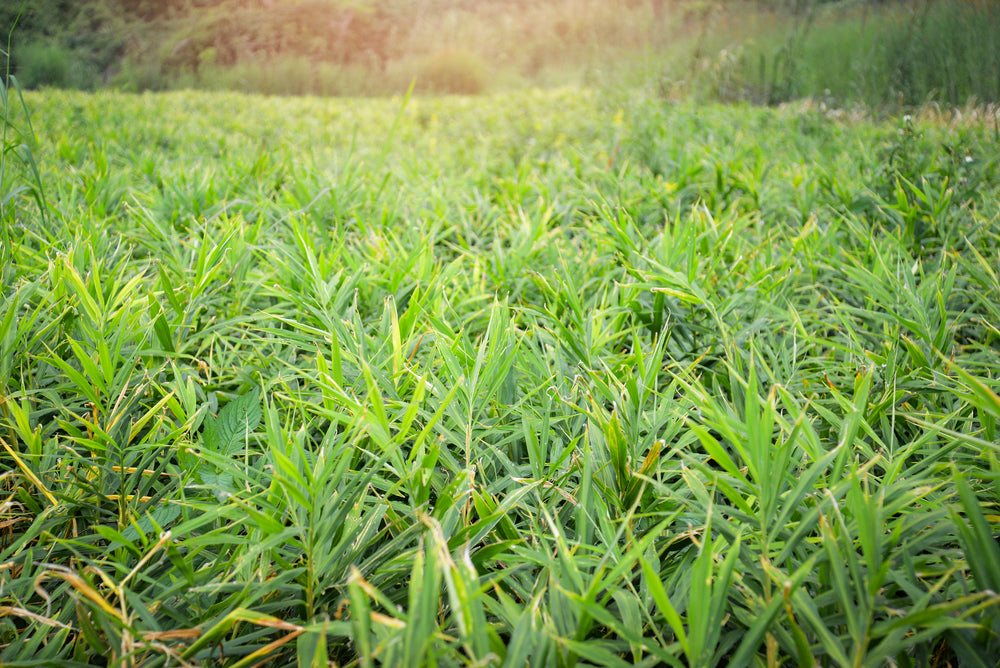
$14.00
| /
SORE MUSCLE RELIEF - EASE DISCOMFORT - NATURAL ENERGIZER – NAUSEA RELIEF
This minty, earthy and spicy blend helps combat pain and soothe sore muscles so you can get back to doing what you love. Muscle Relief can be used for head tension as well as to help you wake up and feel energized. Apply directly to the area of concern and massage gently.
USDA-CERTIFIED ORGANIC AND CRAFTED WITH QUALITY FEATURING:
Soothe Muscles: Peppermint acts as a natural muscle relaxant that helps soothe sore muscles and ease discomfort.
Ease Discomfort: Ginger helps warm the body to provide relief from pain and muscle aches. Peppermint and Ginger both have the power to help reduce the pain associated with head tension.
Natural Energizer: Inhale or apply to pulse points, chest or below your nose to improve focus, energy and concentration.
Nausea Relief: Can be used to help reduce nausea and stimulate the digestive system for improved nutrient absorption and energy. Simply inhale or rub behind your ears to ease discomfort associated with nausea.
Easy Application: Use the high-quality stainless steel rollerball for precise application to the skin, pulse points, or a specific part of the body. Blended with Certified Organic Caprylic/Capric Triglyceride (MCT–fractionated coconut) oil for safe and effective aromatherapy.
Travel-Friendly: Our pure essential oils are also incredible travel accessories—small enough to fit in a bag or purse, or to pass through airport security. A controlled amount of essential oil is released only when the roller ball moves across a solid surface so you don't have to worry about spills during travel. Take them with you wherever you go for calm and wellness!
Quality, Safety & Efficacy Guaranteed: GC-MS tested, tamper sealed, and includes a traceable lot number.
Precautions: If pregnant or lactating, consult your healthcare practitioner before using. Discontinue use if skin irritation occurs. Avoid contact with eyes. For external use only.
Organic Mentha piperita (Peppermint), Organic Salvia lavandulifolia (Spanish Sage), Organic Elettaria cardamomum (Cardamom), Organic Zingiber officinalis (Ginger) expertly blended with Organic Caprylic/Capric Triglyceride (fractionated coconut)
Where can I learn more about Organic Muscle Relief Essential Oil Blend?
Boost Your Workout: Natural Ways to Enhance Your Fitness Routine
Ginger has a long tradition of medicinal and culinary uses, beginning over 4000 years ago in Southeast Asia. This spicy, sweet root’s pungent woody aroma is best known for naturally relieving nausea and discomfort caused by indigestion, morning or motion sickness. Ayurveda, the oldest healing system on earth, prescribes Ginger as a remedy for indigestion, flatulence, nausea, loss of appetite, bronchitis, menstrual cramps, respiratory infections, arthritis, and for enhancing immune power. When the root is used in cooking it amplifies the other spices used with it just as inhaling Ginger essential oil empowers one with feelings of courageousness and self-assurance.
It was quickly adopted as an antimicrobial food preservative to help prevent the growth of harmful bacteria and became a popular trading spice with a strong value associated with it. Through the Silk Road, Ginger Root spread to India and Europe and was even known to be used by King Henry VIII of England in the 16th Century, for fighting against the plague. The Greeks believed the Ginger Root, with its ability to detoxify the body could be used to fight against harmful poisons. This versatile and impressive essential oil became known as “The Oil of Empowerment” with its anti inflammatory and detoxifying properties instilling a sense of courage and determination to master your mind, body and spirit.

